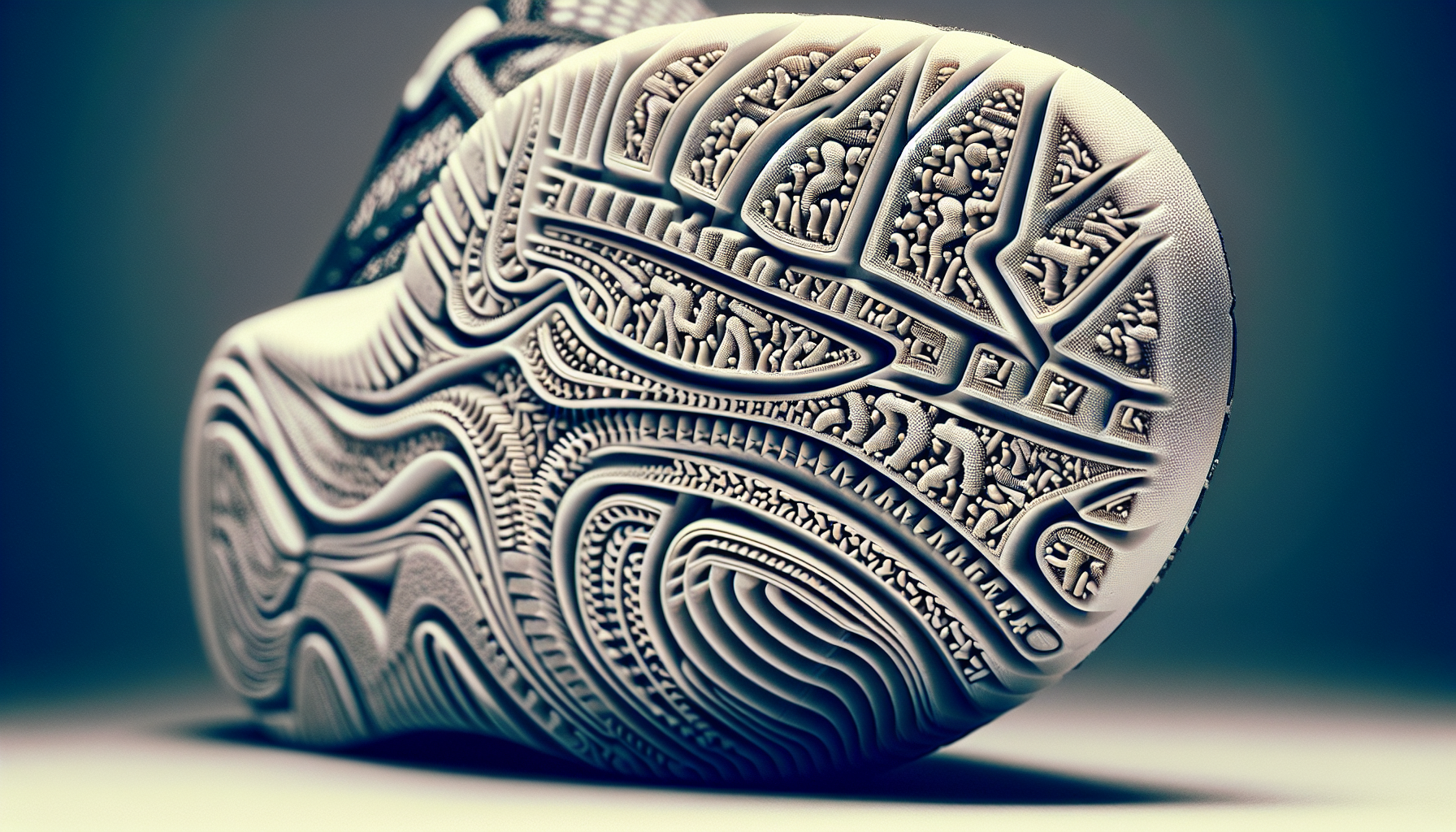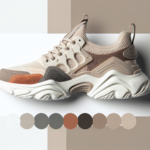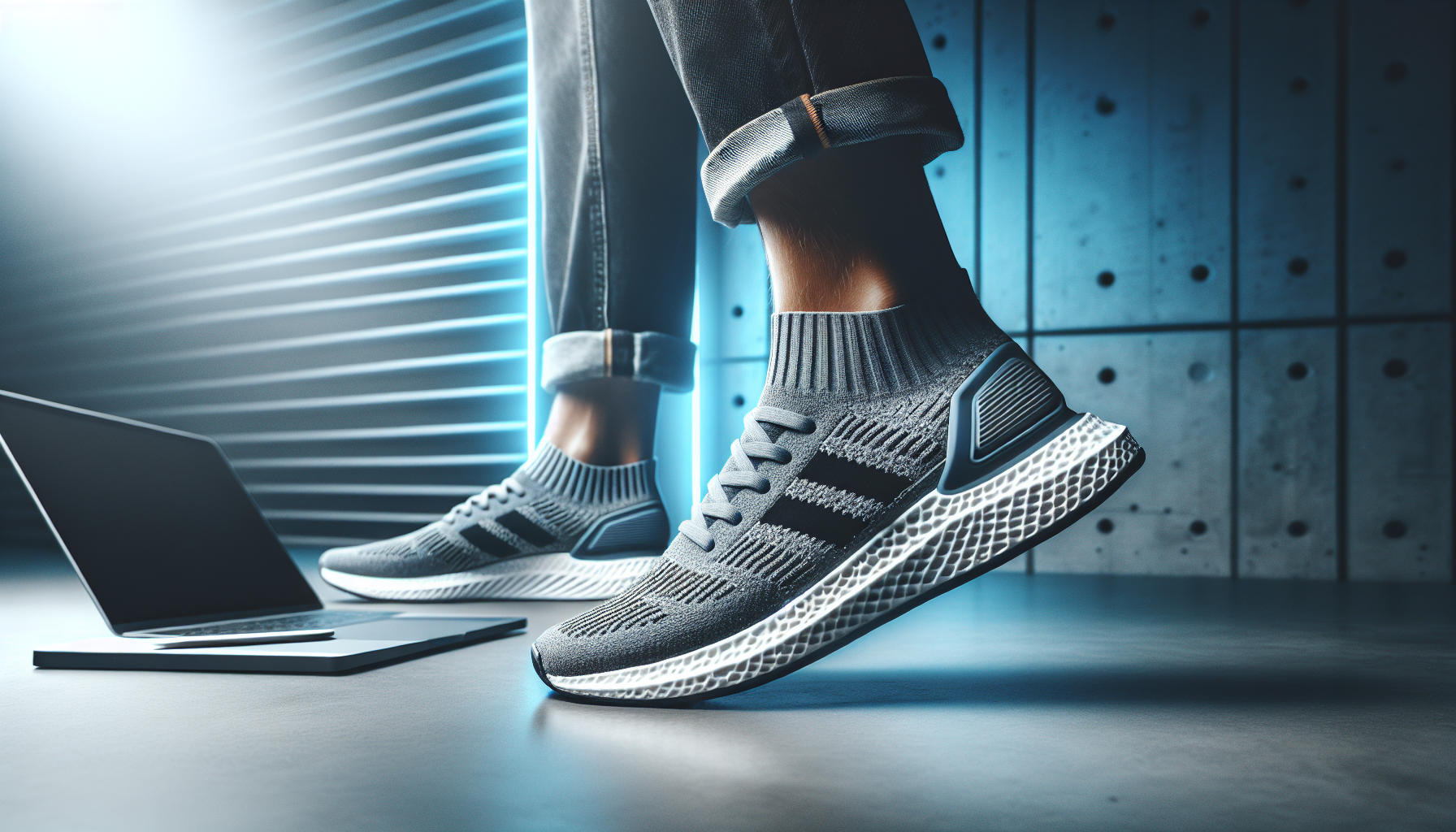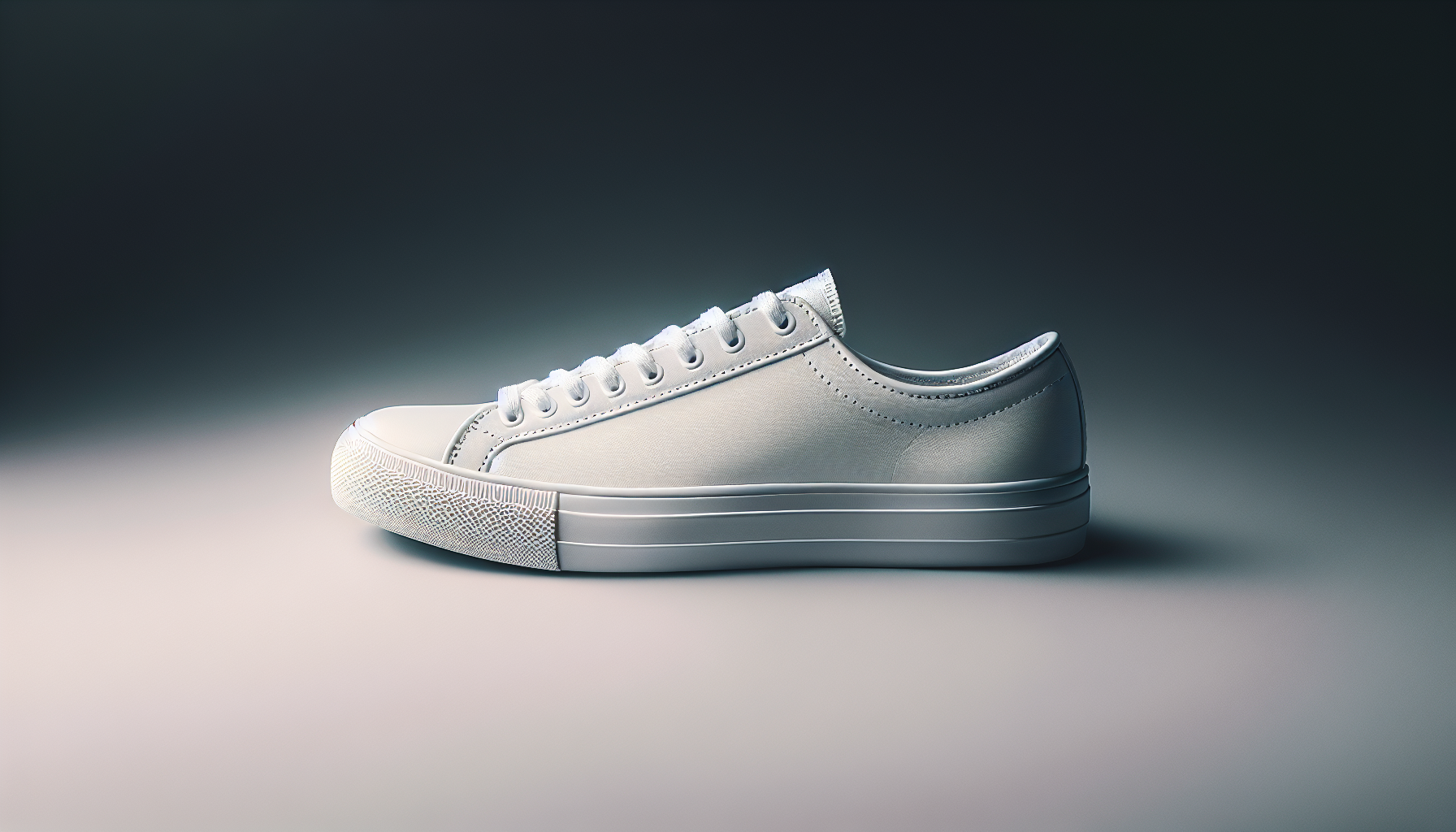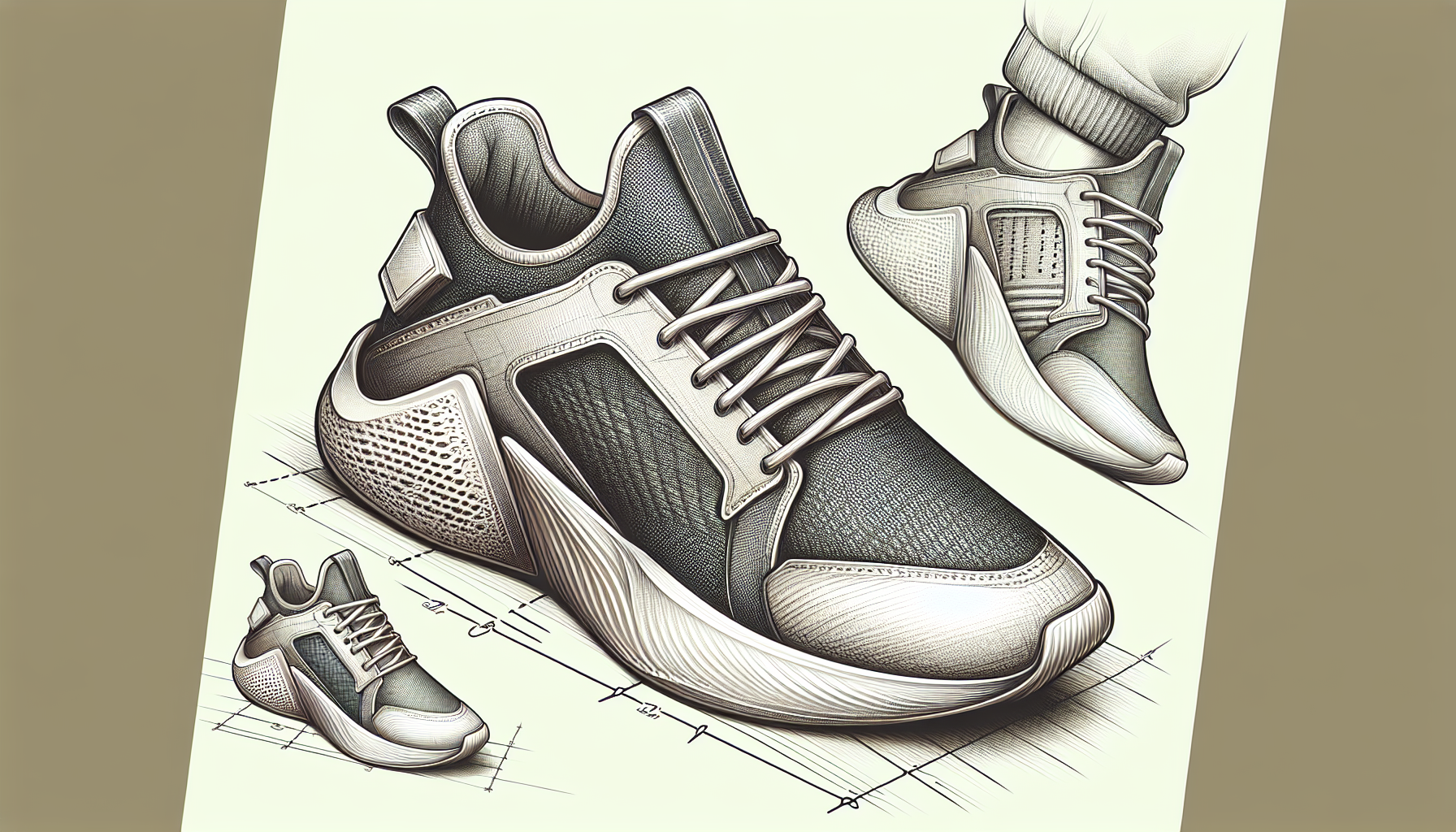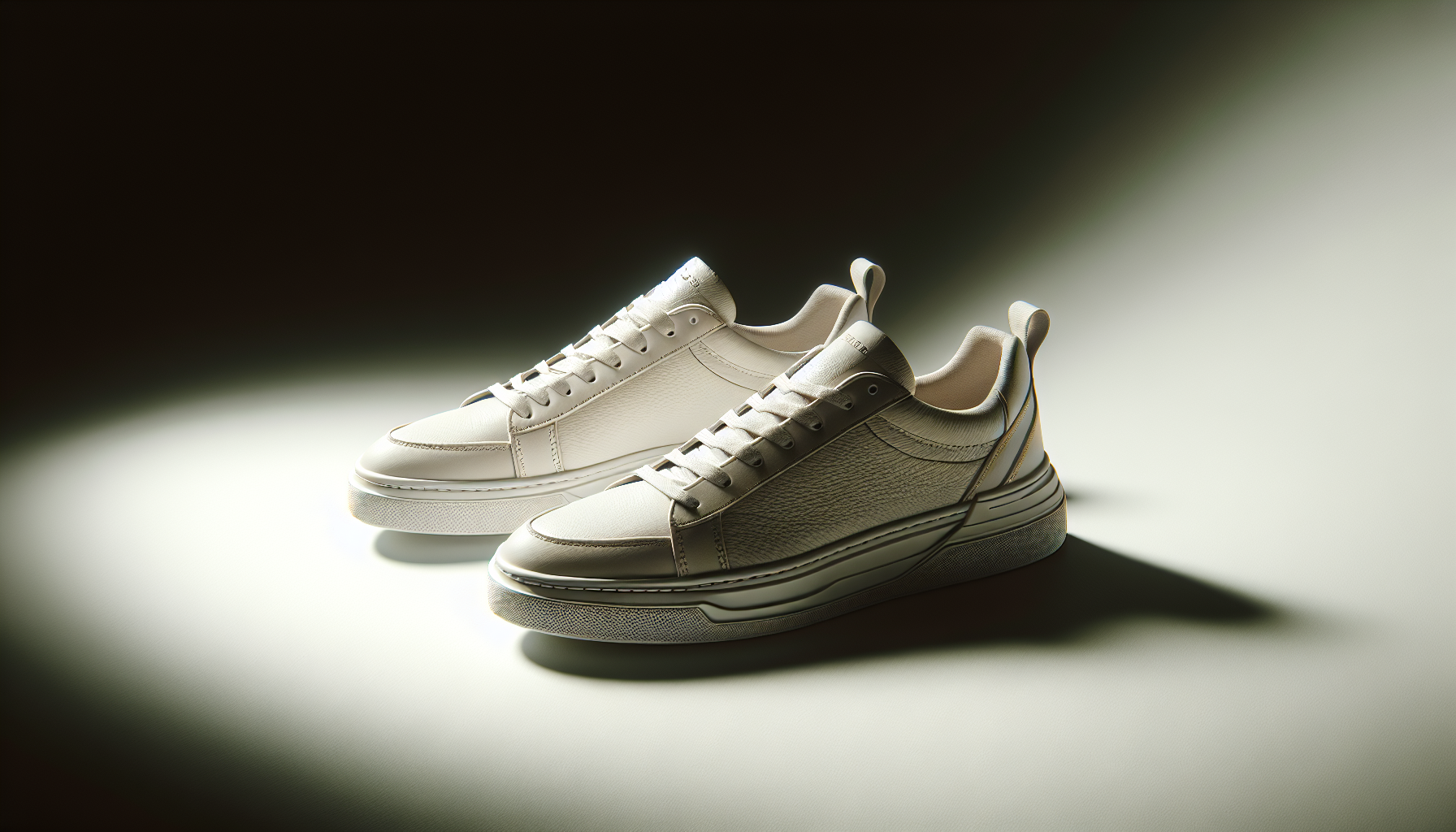In the vast and ever-growing world of sneakers, finding authentic pairs can often feel like searching for a needle in a haystack. With counterfeit shoes becoming more advanced and difficult to distinguish from the real deal, it’s crucial for buyers to arm themselves with knowledge to avoid falling victim to scams. This article serves as a comprehensive buyer’s guide, equipping you with the essential tips and tricks to confidently spot fake sneakers. From examining the stitching and materials to scrutinizing logos and labels, we’ve got you covered every step of the way. So before you make your next sneaker purchase, dive into this guide to ensure you’re stepping out in the real deal.
Understanding the Market for Sneakers
Sneakers have become more than just a footwear choice; they have evolved into a symbol of style, status, and self-expression. The increasing popularity of sneakers has led to a thriving market filled with various brands and styles. However, along with the demand for sneakers comes the rise of counterfeit products. Fake sneakers have flooded the market, making it crucial for consumers to arm themselves with the knowledge to spot the fakes and ensure they are purchasing genuine products.
The Popularity of Sneakers
The sneaker culture has exploded in recent years, capturing the attention and admiration of people from all walks of life. Sneakers are no longer limited to athletes or gym-goers; they have become a fashion staple for everyone. From iconic brands like Nike and Adidas to luxury fashion houses like Gucci and Balenciaga, sneaker brands have gained immense popularity, creating a fervor among sneaker enthusiasts and collectors worldwide.
The Market for Fake Sneakers
Unfortunately, where there is a demand, there will always be individuals looking to exploit it. The market for fake sneakers has grown exponentially, taking advantage of unsuspecting buyers. Counterfeit sneakers can be found both online and in physical stores, making it crucial for consumers to be vigilant and knowledgeable about the telltale signs of fake products. By understanding how to recognize genuine brands, researching specific sneaker models, and thoroughly inspecting the product, consumers can protect themselves from falling victim to counterfeit sneakers.
Recognizing Genuine Brands
Familiarizing yourself with popular sneaker brands is the first step in recognizing genuine products. Take the time to familiarize yourself with the logos, designs, and overall aesthetic of the brands you are interested in purchasing. Nike, Adidas, Puma, and Reebok are just a few examples of reputable sneaker brands. By immersing yourself in the sneaker community and staying up-to-date with the latest releases, you will develop an instinctive understanding of what genuine sneakers should look like.
Understanding brand authenticity is equally important. Genuine sneaker brands invest significant resources into ensuring the quality and authenticity of their products. From strict production standards to cutting-edge technologies, reputable brands leave no room for compromise when it comes to delivering top-notch sneakers. By being aware of the meticulous attention to detail that genuine brands invest in their products, you can better identify the counterfeit ones.
Researching about the Sneaker Model
Researching the specific sneaker model you are interested in purchasing is critical. Start by checking the release date of the sneakers you are considering. Reputable sneaker brands often have set release dates for their products, and any deviations from these dates can be an indication of a fake product. Look for official announcements from the brand itself or trusted sneaker news outlets to confirm release dates.
Next, delve into the original design of the sneaker. Familiarize yourself with the specific details, such as stitching patterns, color combinations, and unique features. Genuine brands pay careful attention to these design elements, and any discrepancies in the replica versions can be a sign of a fake product. By comparing the replica with high-quality images or references from official sources, you can identify inconsistencies and make an informed decision.
Furthermore, examining the colorway of the sneaker is crucial. Counterfeit sneakers often struggle to replicate the exact color combinations used by genuine brands. Pay close attention to the shades, gradients, and overall color schemes of the sneakers you are interested in. If the colors appear to be slightly off or lack the same level of precision as authentic sneakers, it may be an indication of a fake product.
Inspecting the Shoebox
The shoebox can provide valuable clues about the authenticity of the sneakers inside. Start by spotting any discrepancies in the box design. Genuine sneaker brands consistently maintain a high standard of packaging, with clean lines, crisp printing, and attention to detail. Look for any irregularities in the printing quality, logo placement, or overall construction of the box. Differences in font, color, or texture should raise red flags and indicate the possibility of a counterfeit product.
Analyzing the label and barcode is equally important. Genuine brands incorporate unique labels and barcodes on their shoeboxes, which serve as proof of authenticity. Pay close attention to the clarity and quality of the printing, ensuring that all text and barcodes are crisp and legible. Counterfeit sneakers often have smudged or pixelated printing, indicating a lack of attention to detail and lower quality standards.
Additionally, look for any quality issues with the box itself. Genuine sneaker brands invest in durable and sturdy shoeboxes, resistant to wear and tear. Counterfeit products, on the other hand, may have flimsy or poorly constructed boxes, lacking the durability and quality associated with authentic sneakers. Examine the overall condition of the box and any signs of damage or deterioration that may indicate a counterfeit product.
Examining the Sneakers’ Details
Checking the stitching of the sneakers is an essential step in assessing their authenticity. Genuine brands take great care in ensuring precise stitching, with clean lines and no loose threads. Examine the stitching carefully, paying attention to the accuracy and consistency. Any uneven stitching, loose threads, or messy finishes could indicate a fake pair of sneakers.
Investigating the logo is another crucial aspect of verifying authenticity. Genuine sneaker brands pride themselves on their logos, which often serve as a symbol of the brand’s identity and quality. Pay close attention to the logo’s position, alignment, and overall quality. Counterfeit sneakers frequently have poorly executed logos, with inconsistent positioning or noticeable flaws. By comparing the logo with reference images or official sources, you can spot any discrepancies and determine the authenticity of the sneakers.
Inspecting the material quality is equally important. Genuine sneakers are crafted with high-quality materials that feel durable, premium, and comfortable. Counterfeit sneakers often use cheaper or inferior materials, resulting in a noticeable difference in texture and overall feel. Run your fingers along the materials, paying attention to any roughness, flimsiness, or signs of poor craftsmanship. Authentic sneakers should feel sturdy, well-made, and of exceptional quality.
Analyzing the Tag Information
Understanding the information on the tag can provide valuable insights into the authenticity of the sneakers. Genuine sneakers come with tags that contain essential details about the product. Pay close attention to the accuracy of the information, ensuring that it matches the advertised model. Look for any errors in printing or spelling, as counterfeit sneakers frequently have typos or inaccuracies on their tags. Genuine brands take pride in their attention to detail, so any noticeable errors should raise suspicions.
Verifying the SKU (Stock Keeping Unit) number is another important step. The SKU number is a unique identifier assigned to each product, highlighting its authenticity and distinguishing it from counterfeit versions. Cross-reference the SKU number on the sneakers’ tag with reliable sources, such as the brand’s official website or reputable sneaker databases. If the SKU number does not match the advertised model or cannot be verified, it is likely a fake product.
Inspecting the Sole
Identifying the material of the sole is a crucial step in distinguishing genuine sneakers from fakes. Genuine sneakers often have high-quality rubber or other durable materials that provide excellent grip and longevity. Counterfeit sneakers may have soles made from cheaper materials or lack the same level of quality. Examine the sole’s texture, flexibility, and overall construction. Any signs of inferior quality, flimsiness, or inconsistency should raise doubts about the authenticity of the sneakers.
Checking the tread pattern is equally important. Genuine sneaker brands pay careful attention to the tread pattern on their soles, ensuring optimal traction and performance. Counterfeit sneakers frequently have tread patterns that differ from the genuine models, lacking the same level of detail or accuracy. Compare the tread pattern with reference images or official sources, keeping an eye out for any deviations or mistakes.
Look at the logo placement on the sole. Genuine sneakers have logos positioned precisely, often laser-etched or professionally embossed. Counterfeit sneakers may have logos that are poorly executed, with inconsistent placement or flaws in the embossing or etching. By comparing the logo placement on the sole with authentic models, you can determine whether the sneakers are genuine or fake.
Verifying the Insole and Ankle Padding
Examining the quality of the insole is essential for determining the authenticity of the sneakers. Genuine sneaker brands invest in comfortable and supportive insoles, designed to enhance the wearer’s comfort and performance. Counterfeit sneakers often have thinner or cheaper insoles, lacking the same level of cushioning, support, or attention to detail. Press your fingers against the insole, feeling for any inconsistencies in thickness or quality. If the insole feels subpar or lacks the expected comfort, it may be an indication of counterfeit sneakers.
Checking the cushioning and support provided by the sneakers is equally important. Genuine sneakers often offer advanced technologies and materials to ensure excellent cushioning and support during wear. Pay attention to the responsiveness, bounce, and overall comfort of the sneakers. Counterfeit products may have poorly designed cushioning or lack the same level of support, resulting in a noticeable difference in comfort. Walk or jog around in the sneakers, paying attention to any discomfort or inconsistencies in cushioning.
Additionally, notice any inconsistencies in padding or stitching in the ankle area. Genuine sneakers prioritize comfort and security, ensuring proper ankle padding and precise stitching. Counterfeit products often have minimal padding or loose stitching, indicating a lack of attention to detail and lower quality standards. Examine the ankle area closely, feeling for any rough edges, protruding stitching, or inconsistencies in padding.
Assessing the Smell of the Sneakers
Identifying the smell of new shoes can provide further clues about their authenticity. Genuine sneakers often have a distinct, fresh shoe smell, which is a result of the materials, adhesives, and manufacturing processes used. While the smell alone is not enough to determine authenticity, it is worth paying attention to any unusual or strong chemical smells. Counterfeit sneakers may emit a noticeable chemical odor, indicating the use of subpar materials or the presence of harmful substances. Trust your senses and be cautious if the sneakers have a strong, unpleasant odor that differs from the typical new shoe smell.
Buying from Reputable Sellers
To minimize the risk of purchasing counterfeit sneakers, it is crucial to buy from reputable sellers. Avoid suspicious sellers who offer prices that seem too good to be true or do not have a proven track record of selling genuine products. Look for sellers who have positive reviews from previous customers, indicating their reliability and commitment to selling authentic sneakers.
Question any sellers who have an abundant stock of rare or exclusive models. Genuine rare or exclusive sneakers are highly sought after and often have limited availability. If a seller claims to have an unusually large quantity of these models, it is essential to inquire about their sources and authenticity verification processes. Trusted sellers will have transparency and provide credible information about the origins of their products.
In conclusion, understanding the market for sneakers is vital in navigating the world of genuine and fake products. By familiarizing yourself with popular sneaker brands, researching specific models, and meticulously inspecting various aspects of the sneakers, you can significantly reduce the risk of purchasing counterfeit products. Remember to trust your instincts, exercise caution when buying from unfamiliar sellers, and prioritize reputable sources to ensure you are investing in authentic sneakers that meet your expectations in terms of both style and quality.

